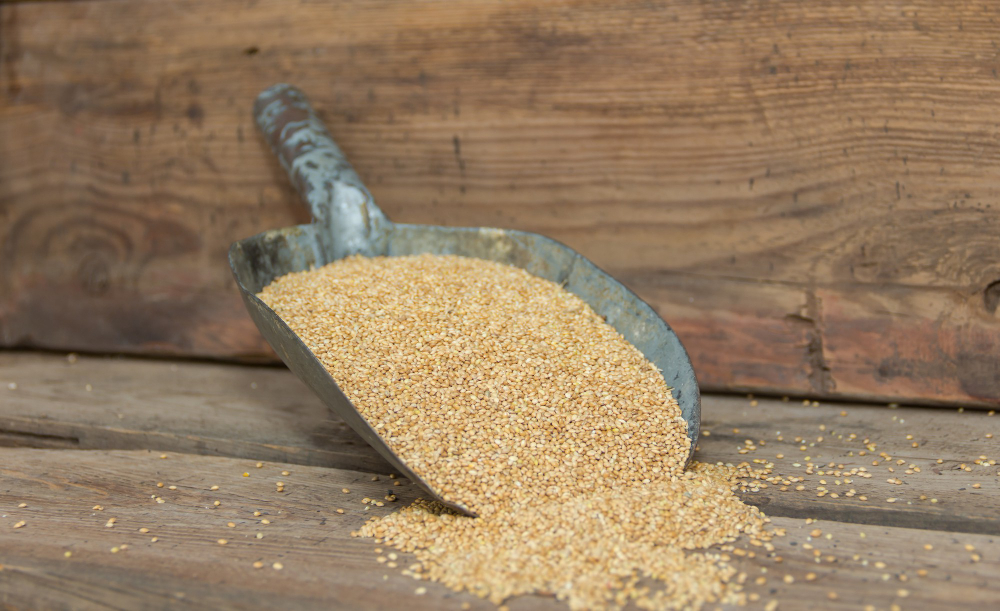Many different factors can impact our grain sorghum yield in many different ways. Things like using the sorghum seed of appropriate quality, optimal growing conditions, and the time we are planting or harvesting sorghum can play a huge role in determining our grain sorghum yield.
Therefore, let us check out some amazing tips and suggestions that will help us increase our sorghum yield by significant proportions. Let’s get started.
Practical Tips For Enhancing Grain Sorghum Yield
- Selecting The Ideal Hybrid: One of the significant factors influencing our grain sorghum yield is the quality and type of sorghum seed we choose based on our geographical location. Apart from that, the farming practices that we leverage will also play their part. Therefore, it is recommended that we look for sorghum seed hybrids that ensure the highest yield based on the location where we live.
We must always opt for sorghum seed hybrids that can ensure an optimum tolerance level similar to crops like sugarcanes. To ensure better and enhanced outcomes, we can always consult experts from prominent sorghum seeds suppliers such as S&W Seed Co, as they are known for carrying out extensive tests to ensure the quality of the seeds they sell.
- Ideal Seedbed Preparation: The next important thing that we need to keep in mind is our seedbed preparation efforts. Experts suggest that we plant grain sorghum seeds in a single row with a depth of at least an inch in heavy soils and 1.2 to 2 inches deep in soils with sandy characteristics.
We can also use a corrugated roller after seeding to achieve unmatched results. Most people might not be aware of this, but sorghum yields can increase significantly when planted with reduced-till or no-till in regions with warmer climates where the residue can help retain the moisture
- Effective Pest Management: Pest is the greatest enemy of any farmer, and more so if we are cultivating sorghum. Therefore, when planting sorghum, we need to ensure that we can effectively control different diseases, weeds, and even insects by identifying them on time and taking appropriate measures to mitigate their impact on the crops.
Here, you can also leverage insecticides and seed treatment solutions to achieve that goal. However, we must not make the mistake of wiping out insects that help enhance the quality of the soil, which is why identifying the appropriate insects is essential.
- Testing The Soil And Its Fertility Levels: This is a crucial tip to keep in mind when planting sorghum. We must leverage different soil sampling gauge fertility to ensure an appropriate amount of nutrients in the soil.
If we determine that the soil lacks nutrients, then we must take appropriate measures to restore the level of nutrients needed to stimulate the growth of these plants.
Final Thoughts
Ensuring appropriate cultivation of grain sorghum can be challenging, but that is also the case with almost any type of crop. Therefore, the best we can do is leverage the best practices to ensure that we achieve high grain sorghum yields with minimal losses.


